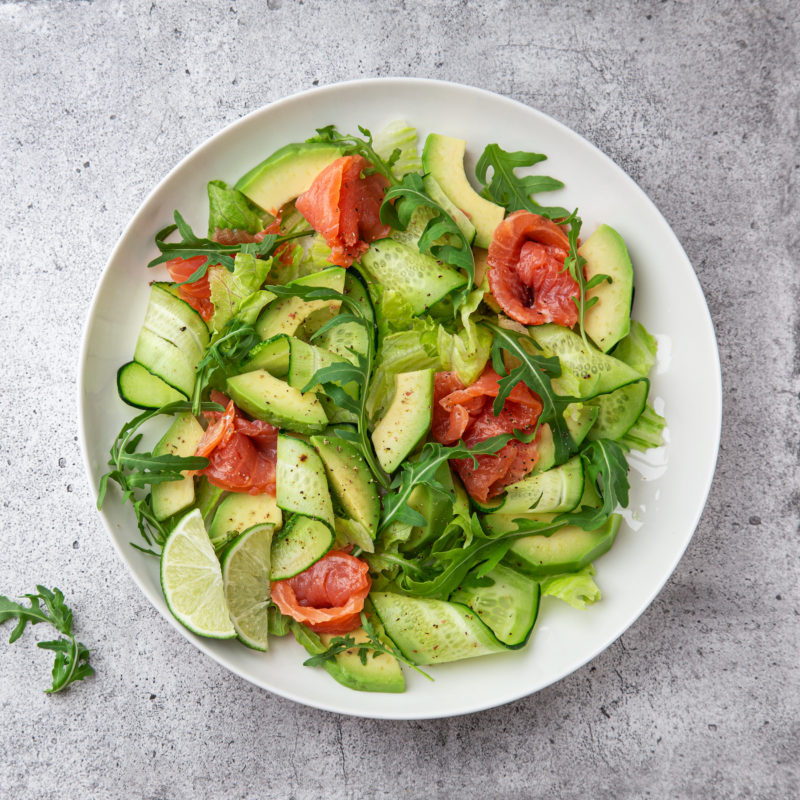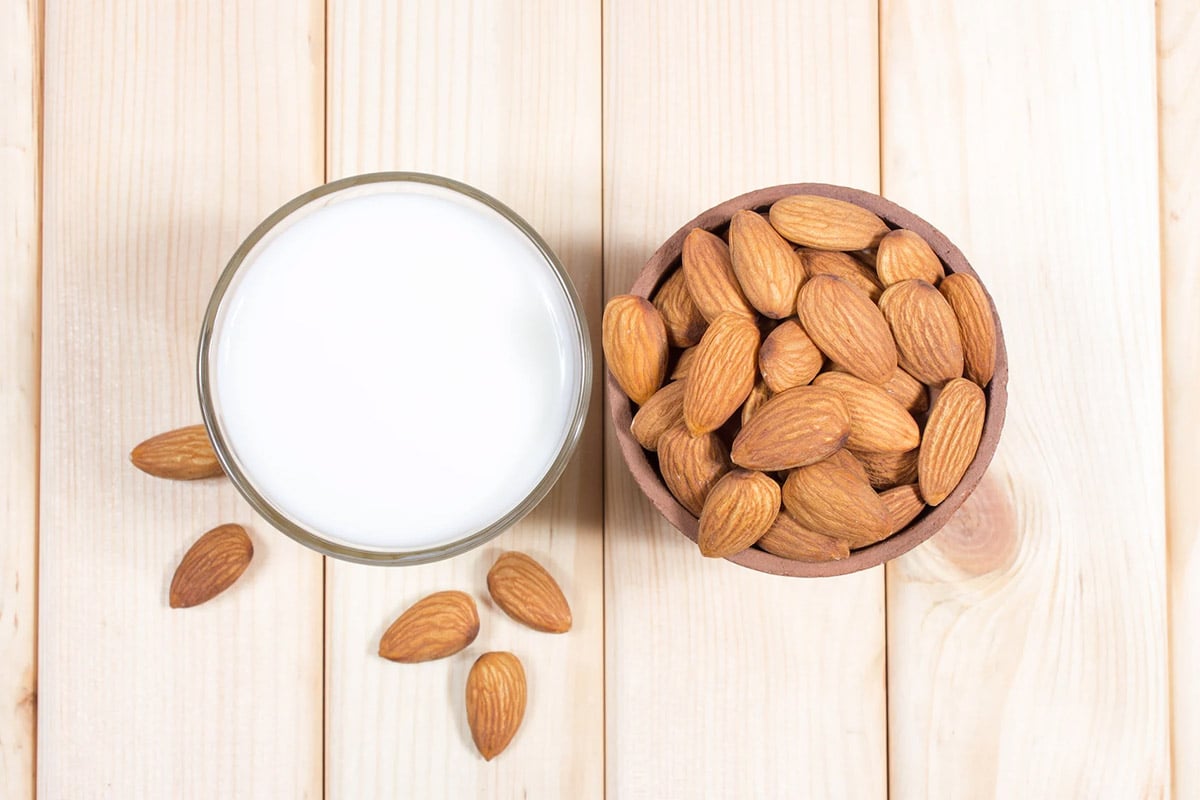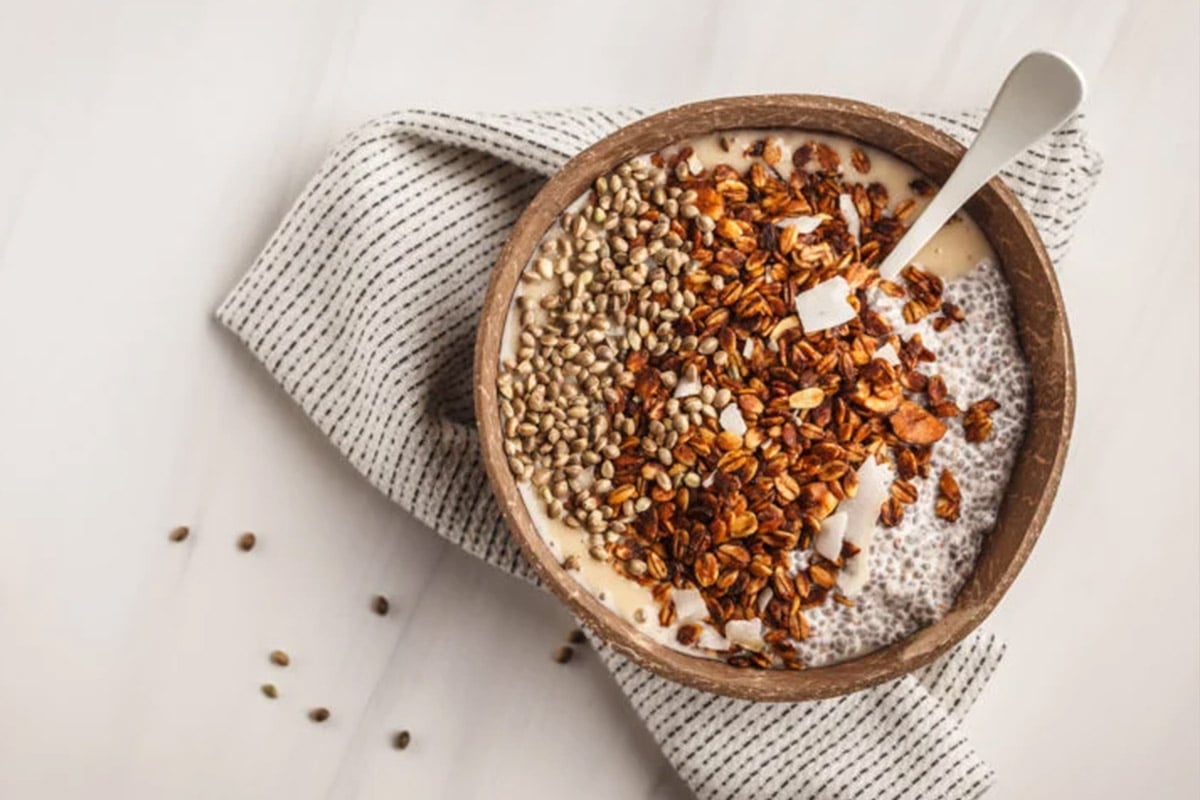With just a little extra attention, lunch can be our midday secret weapon: an opportunity to boost our energy for the afternoon and keep cravings at bay until dinner—staving off temptations to snack.
“If you use lunch as a chance to meet your body’s nutrient needs while managing your blood glucose, you’ll feel nourished,” says Ashley Koff, RD, a Columbus, Ohio-based registered dietitian. “As a result, you’ll make healthier decisions throughout the rest of your day.”
“‘If you use lunch as a chance to meet your body’s nutrient needs while managing your blood glucose, you’ll feel nourished. As a result, you’ll make healthier decisions throughout the rest of your day.”’
The key is to focus on ingredients that keep your glucose stable, so you can avoid that blood sugar spike and crash that can lead to an afternoon slump.
Sometimes that’s easier said than done, as sugars and carbs can sneak into even healthy seeming options like salads and wraps, especially if you’re eating out. Here are five simple guidelines for optimal lunches—plus tips that’ll make each of them easy to follow.
1. Load up on leafy green veggies.
Veggies like kale, collard greens, Swiss chard, arugula, bok choy, and endive contain fiber, vitamins, minerals, and phytochemicals—all of which lead to optimal glucose regulation. Research shows that the antioxidants and polyphenols in plant foods can protect against diabetes, thanks to their ability to enhance the cellular processes around glucose control. According to one review, eating an extra serving and a half of green leafy vegetables a day could reduce the risk of type 2 diabetes by 14 percent.
Pro Tip:
Don’t ruin your salad. Salads should be the ultimate metabolically friendly choice on the menu, but beware of common mix-ins like dried fruit, crunchy toppings like croutons or fried tortilla strips, and sugar- or honey-filled dressings could send your post-meal glucose soaring. (Same goes for veggie-rich soups with glucose spikers like rice, noodles, and pasta—not to mention the bread and crackers on the side.)
When building your own salad, remember to add a protein like wild-caught fish, pasture-raised chicken breast, grass-fed beef, non-GMO tofu, beans, or legumes. Avoid salad dressings with refined-seed oils that can cause oxidative stress, and opt for olive oil and a squeeze of lemon juice or a drizzle of apple cider vinegar instead.
2. Fill your plate with fiber-rich foods.
Besides helping you stay regular and feeding the good bugs in your gut microbiome, fiber can also improve glycemic control. Research shows that diets rich in fiber are associated with lower post-meal glucose and insulin levels and lower glucose variability. One small study of people with Type 2 diabetes found that those who ate about 50 grams of fiber every day had lower glucose responses and less variability than those who ate an identical amount of calories but only about 15 grams of fiber every day.
Pro Tip:
Hack your sandwich. Go for lettuce buns, collard greens, Nori, non-grain breads, and nut-flour tortillas in place of buns, wraps, or breads made with refined flour (white or cassava). The refining process strips the fibrous bran from the grain, so your body breaks down the carbohydrate more quickly, leading to a potential glucose spike. Inside, swap sugar-filled processed meats for whole meats (pasture-raised chicken, grass-fed beef, wild-caught fish), eggs, beans, and greens.
3. Make sure you get some omega-3 fats.
Omega-3s are a group of polyunsaturated fatty acids that are well-known for their anti-inflammatory and heart-health boosting effects. They also appear to have an impact on metabolic health. One Harvard University study found that omega-3s increase levels of the hormone adiponectin, which promotes insulin sensitivity. Other research has linked higher red blood cell concentrations of omega-3 fats to better metabolic profiles.
While fish (think salmon, oysters, anchovies, sardines, and mackerel) is one of the most potent sources of omega-3s, it’s not the only way to get these blood-sugar regulating fats. High-quality meat, flax seeds, chia seeds, and walnuts are loaded with omega-3s and can be a great way to sneak them into your diet at lunch.
Pro Tip:
Sip an omega-3-rich smoothie. Quick, easy, and highly customizable, smoothies are an ideal lunch. Add a tablespoon each of flax seeds and chia seeds to your go-to blend for an omega-3-rich lunch. Bonus: These nutrient-dense seeds also contain fiber, healthy fat, protein, and micronutrients—all of which help metabolic fitness.
4. Include healthy, whole fats.
Pairing fat with carbohydrates can lower post-meal glucose elevations, but the type of fat matters for long-term metabolic health. Eating large amounts of saturated fat—foods like fatty cuts of meat, poultry skin, dairy foods, as well as some oils—has been shown to decrease whole-body insulin sensitivity by about 25%.
Pro Tip:
Get your fats via healthy midday snacks. Go for or seed-based crackers (we like Flackers) with guacamole or nut butters. For quick bites: olives, olive tapenade, or a handful of nuts. Or pair your hummus with some sliced red pepper, jicama, celery, and sulforaphane-rich cauliflower and broccoli (which can increase insulin sensitivity).
5. Opt for clean proteins.
Along with fat, protein pairing can help minimize glucose spikes. Swap processed meats and fatty cuts of conventionally raised pork, beef, and poultry with higher-quality organic and grass-fed-and-finished red meat, pasture-raised poultry, and wild-caught fish. These higher-quality meats contain no antibiotics and more omega-3s than their conventional counterparts, helping boost metabolic fitness.
Pro Tip:
Pair your protein with greens, veggies, or fiber-rich crackers. On-the-go wild tuna packets, smoked fish dips with salmon or mackerel, and pasture-raised chicken salad made with avocado oil-based mayonnaise are excellent sources of clean proteins. Spread them on a healthy cracker, drop them on a bed of greens, or stuff them in a butter lettuce cup.








